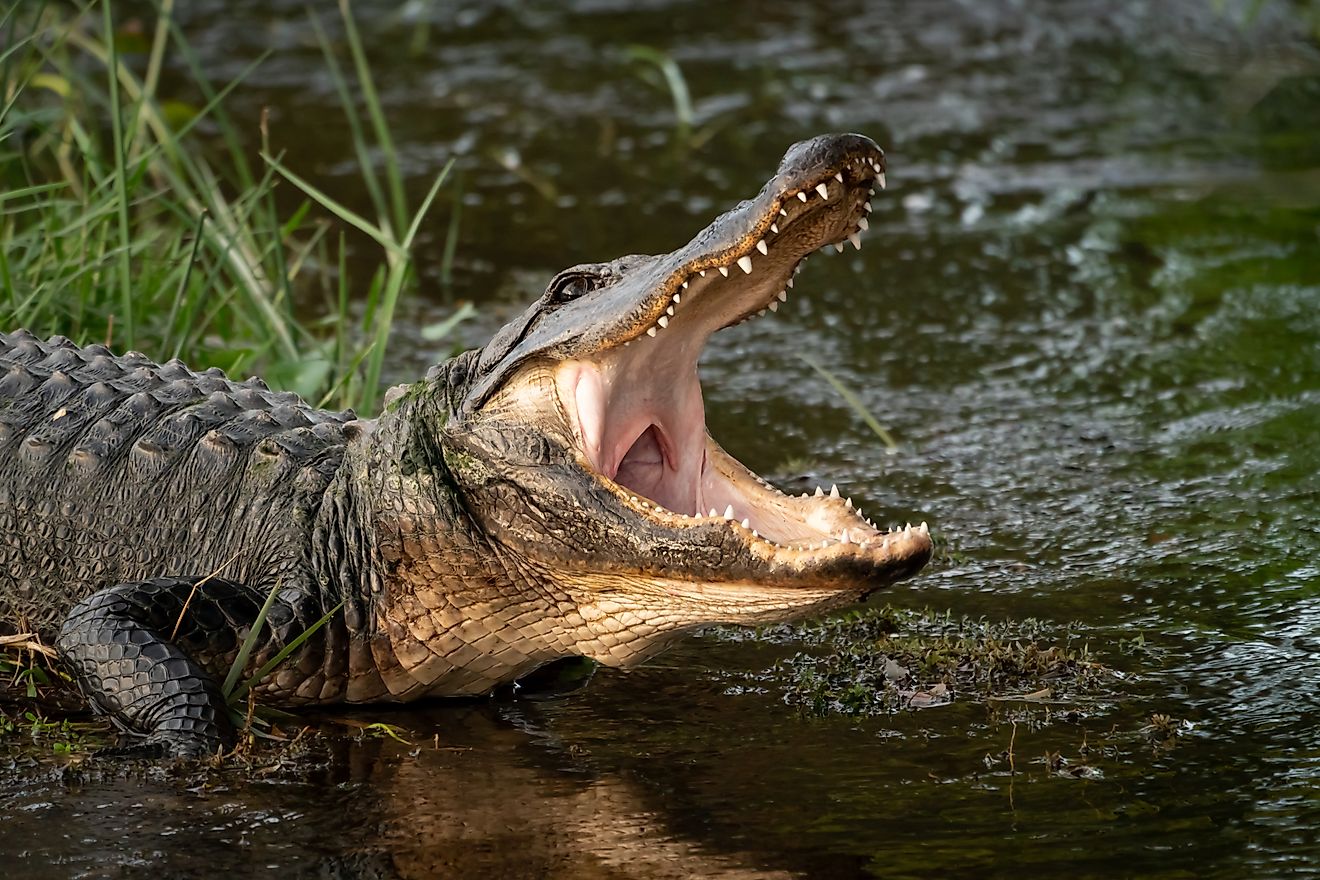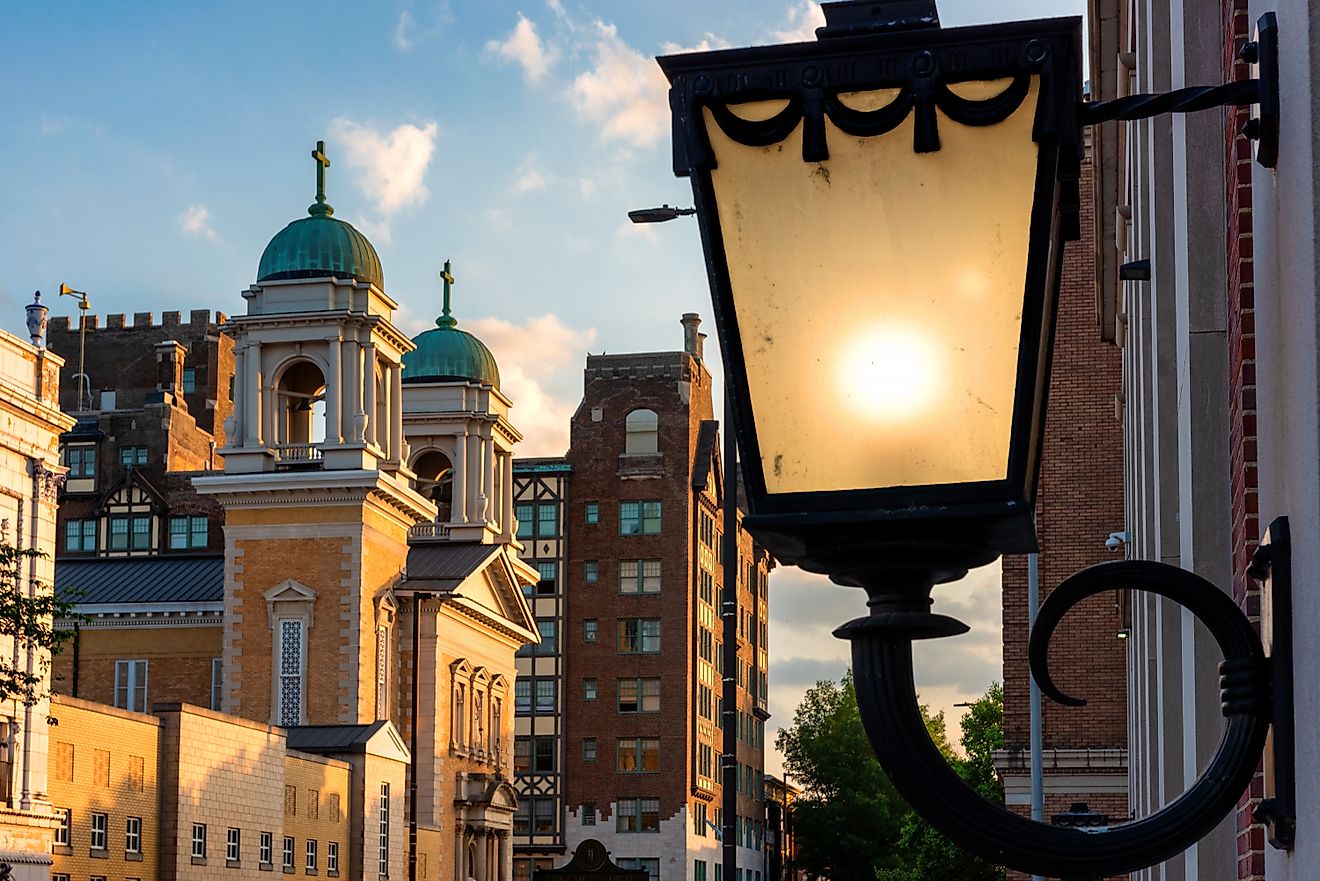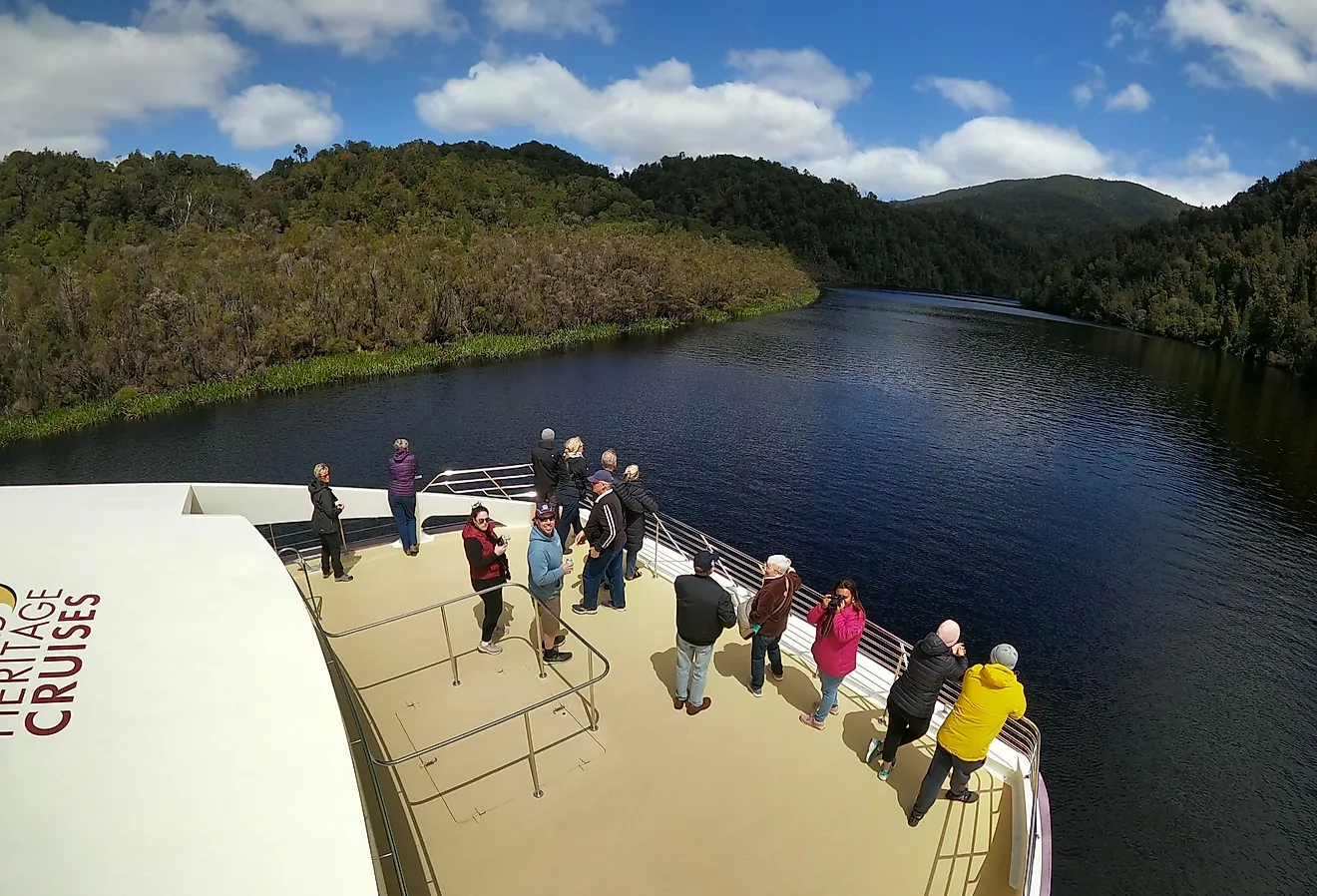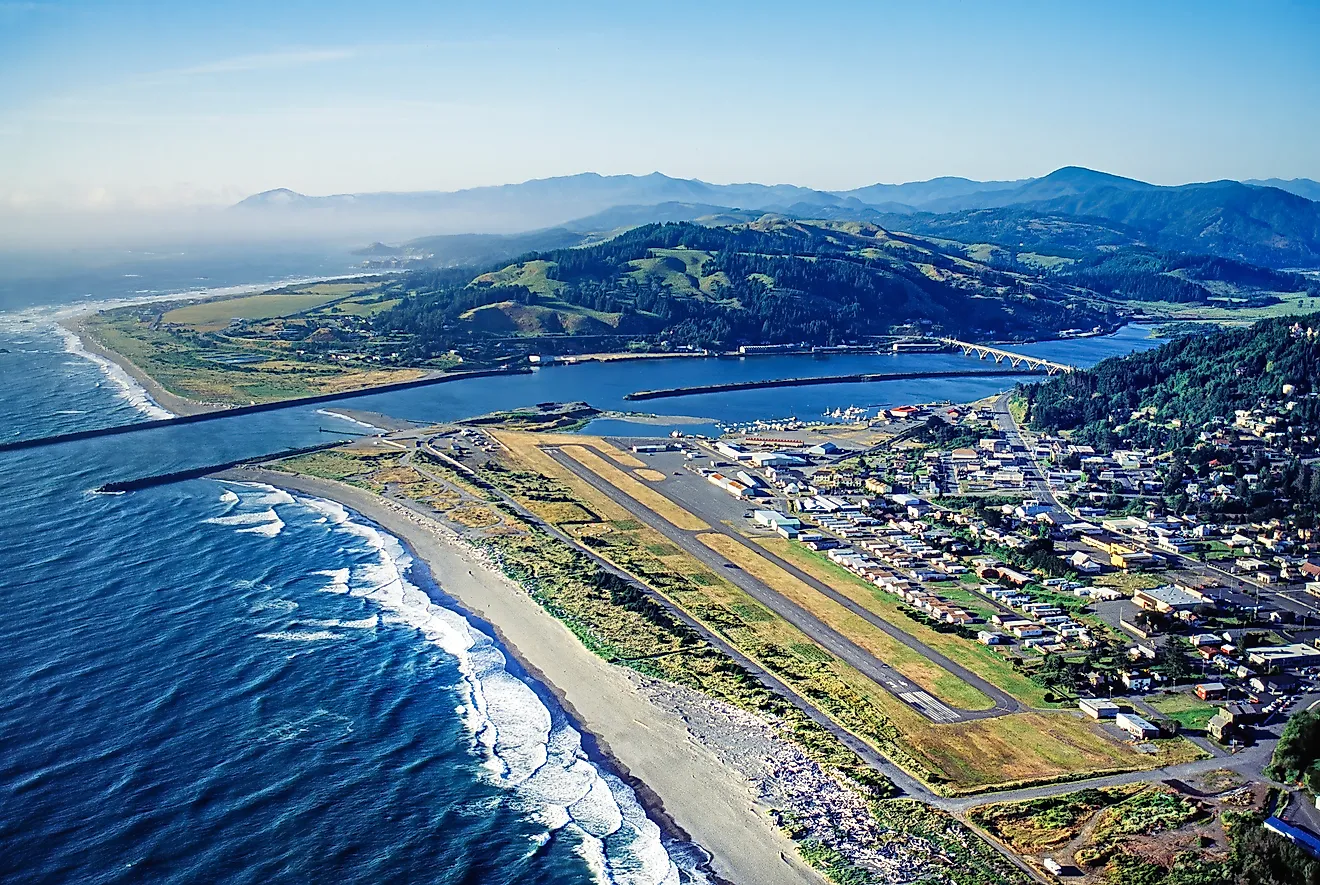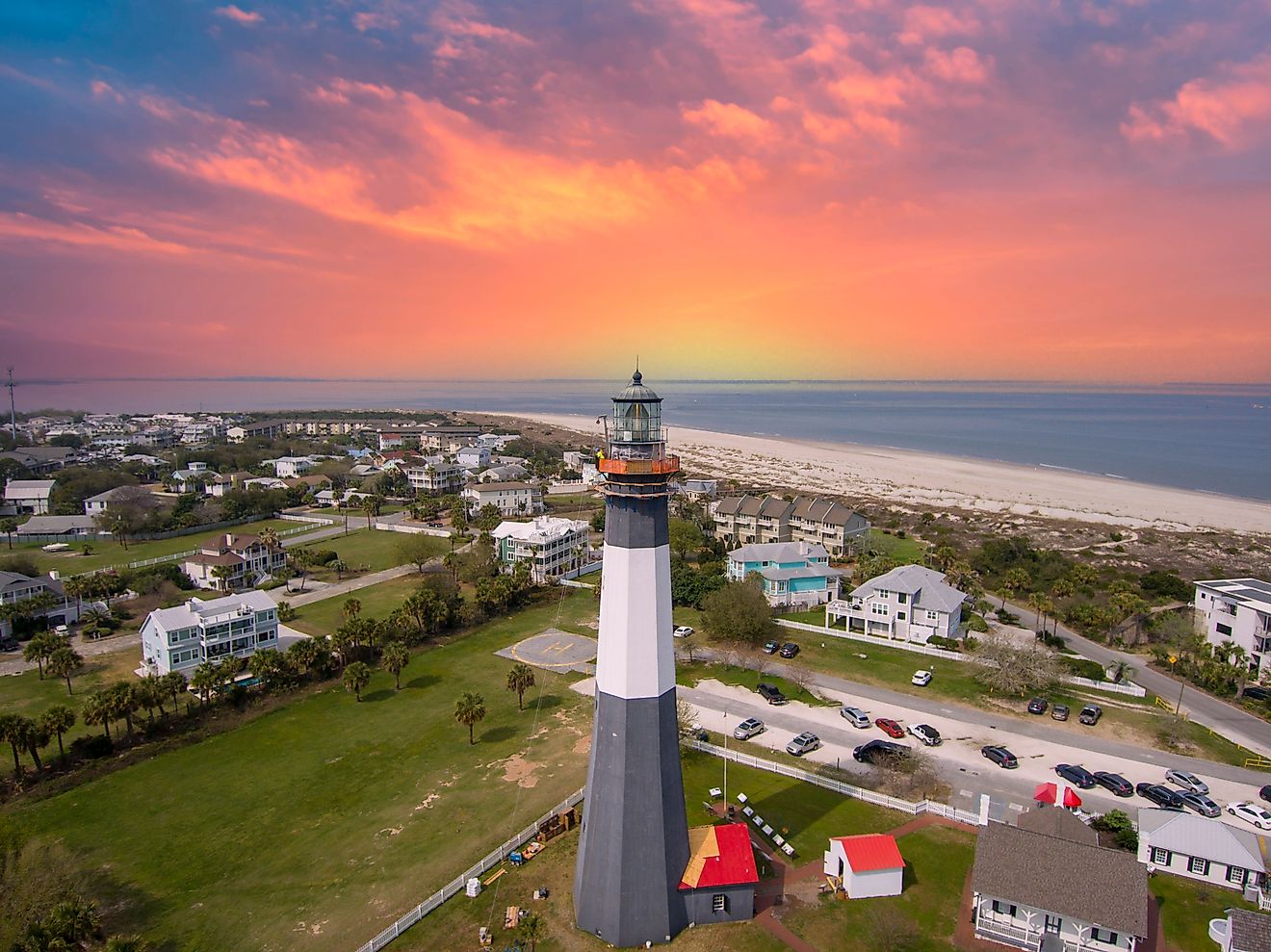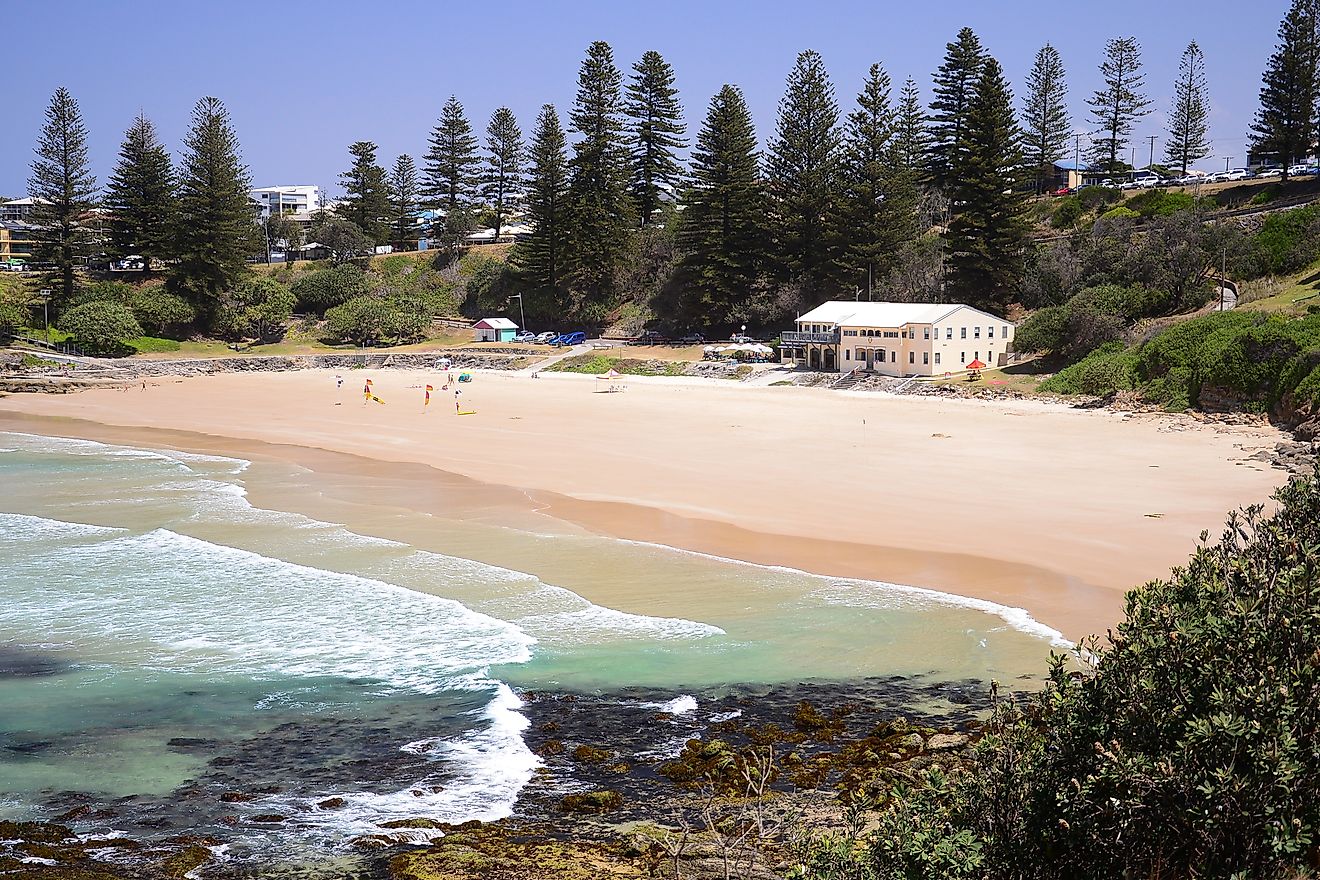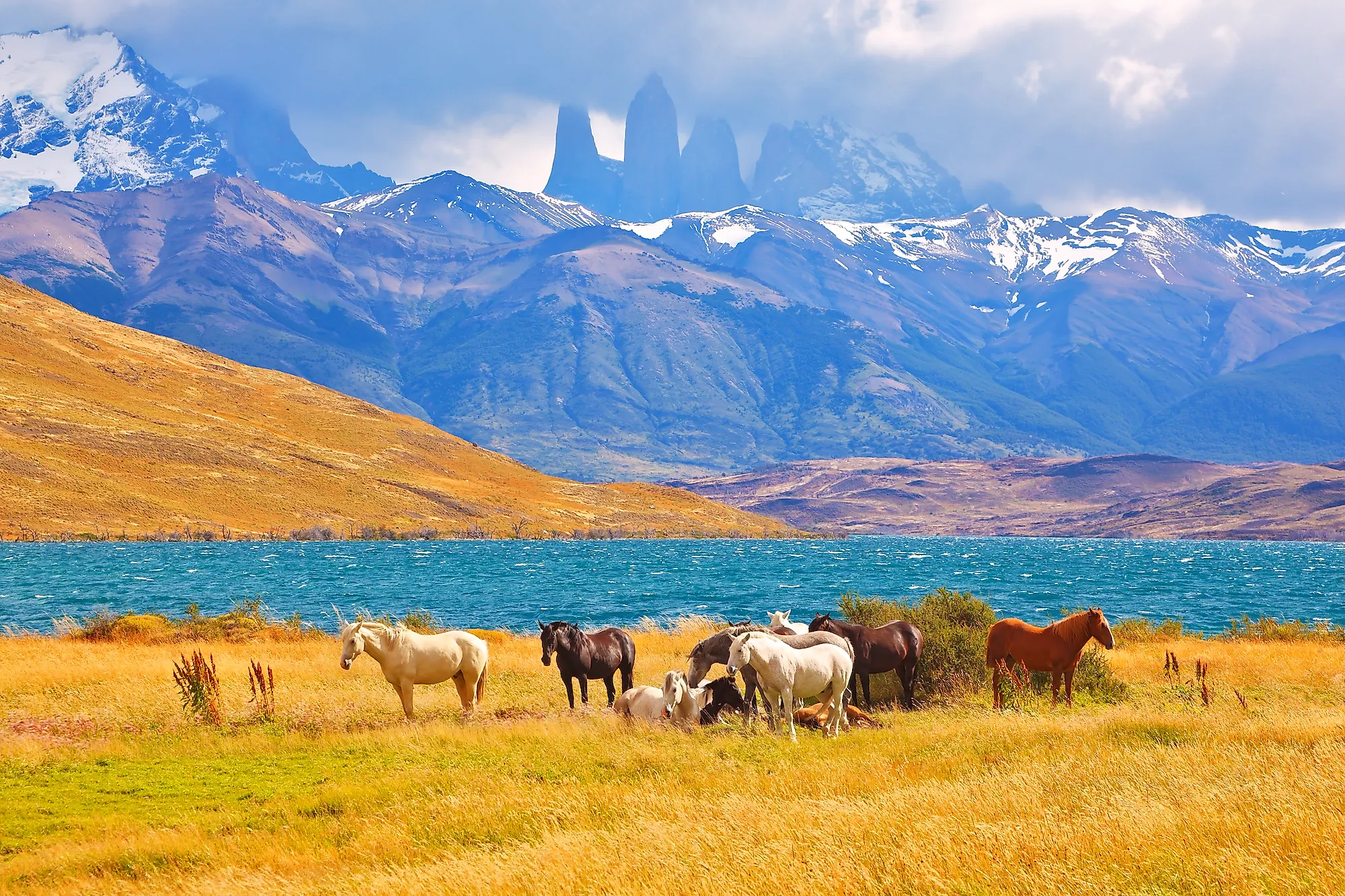
Torres del Paine National Park
Torres del Paine National Park is located in the Patagonia region of Chile, in South America. It is considered to be one of the world’s best national parks, and is renowned for its stunning landscape. Bright blue glacial lakes are surrounded by sharp towering granite spires, making for a view that has to be seen to be truly appreciated.The park has an area of 1814 square kilometers, and is one of the largest parks or protected areas in Chile. The park is extremely popular with tourists from within Chile and around the world, with some 252,000 visitors making the trip each year.
History
In 1959 the park was officially established, and was called Parque Nacional de Turismo Lago Grey. It was not until 1970 that it got its current name, Torres del Paine. In 1978 the park was also named a UNESCO listed World Biosphere Reserve.
Landscape
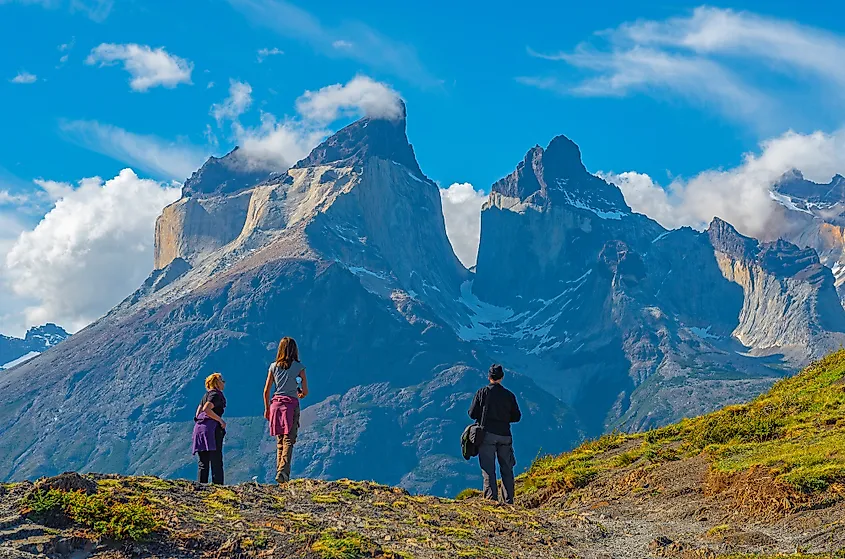
The park has a beautiful and visually impressive landscape, including mountains, lakes, rivers and glaciers which together form a breathtaking scene. The majority of the park itself is in an area known as the Paine massif, which is a eastern section of the Andes mountains, along the east edge of the Grey Glacier. This glacier and mountain range rises up from the Patagonian steppe below. Several small valleys are also in the park which separate the granite cliffs from the massif. These are known as Valle del Francés(French Valley), Valle Bader, Valle Ascencio, and Valle del Silencio (Silence Valley).
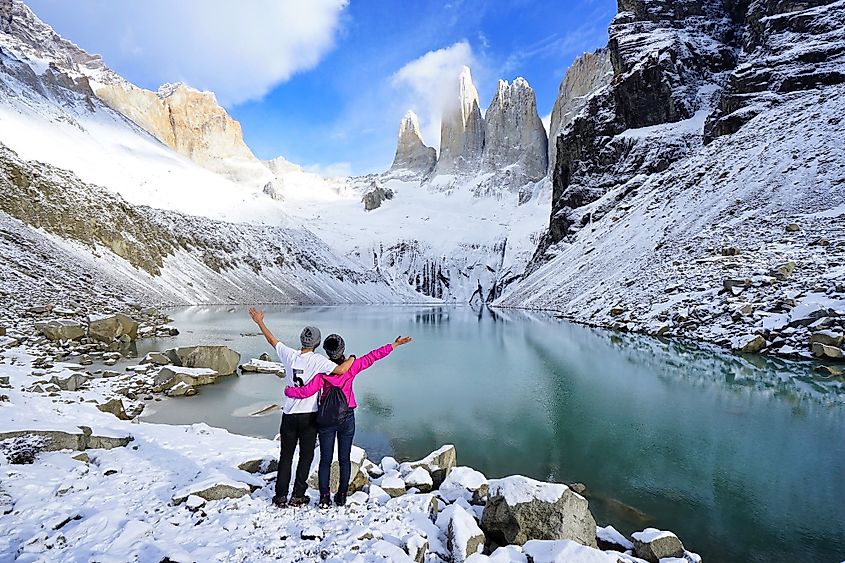
A circular formation of cliffs rings the head of the French Valley with drastic, sharp cliff edges and rock faces. Two of the larger spires are named Cerro Cota 2000 and Cerro Catedral, the latter of which reaches some 2,000 meters in height. There is also a granite arête in the park which is known as Aleta de Tiburón or the Shark's Fin. This forms a slightly softer, grass covered ridge to the north. Other peaks along the eastern side of the region are Fortaleza (Fortress), La Espada (The Sword), La Hoja (The Blade), La Máscara (The Mummer), Cuerno Norte (North Horn), and Cuerno Principal(Main Horn).
Some of the most photographed natural phenomena in the area are the granite spiers and rock walls in the Valley of Silence. Cerro Fortaleza and Cerro Escudo, also called Shield Mountain, can be found opposite the western face of the Torres del Paine, of which Paine Grande is the tallest at 2,884 meters.
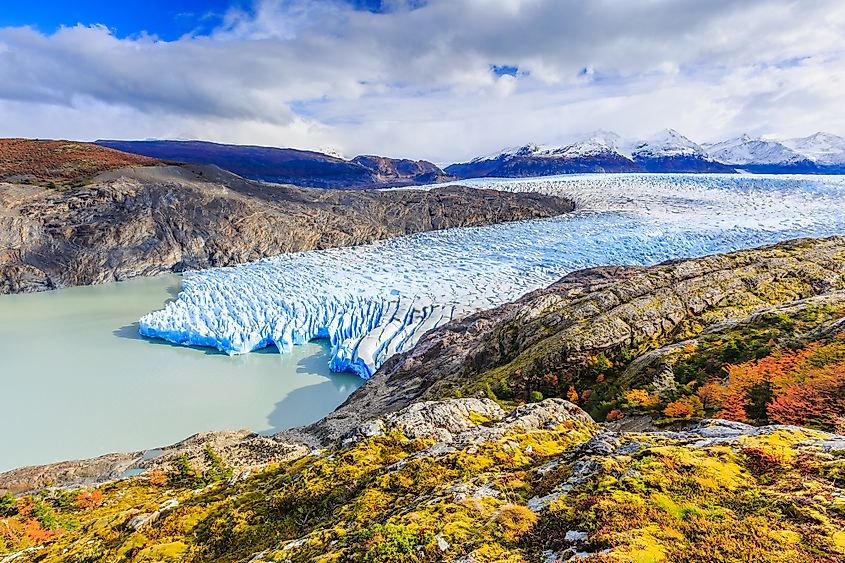
Not only is the park full of majestic rock formations, but it also has a significant presence of glaciers and glacial waters. The Southern Patagonian Ice Field lies within the park borders, and comprises glaciers Tyndall, Grey and Dickson. These glaciers and their run-off are also the main water sources for many of the lakes in the region, including Dickson Lake, Nordenskjöld Lake, Lake Pehoé, Grey Lake, Sarmiento Lake, and Del Toro Lake.These lakes all have the characteristically bright blue and turquoise waters of glacial lakes, which are caused by rock flour or sediments in the water which are especially reflective. As well as the glacial streams, there is a dominant river in the area known as the Paine River.
Flora
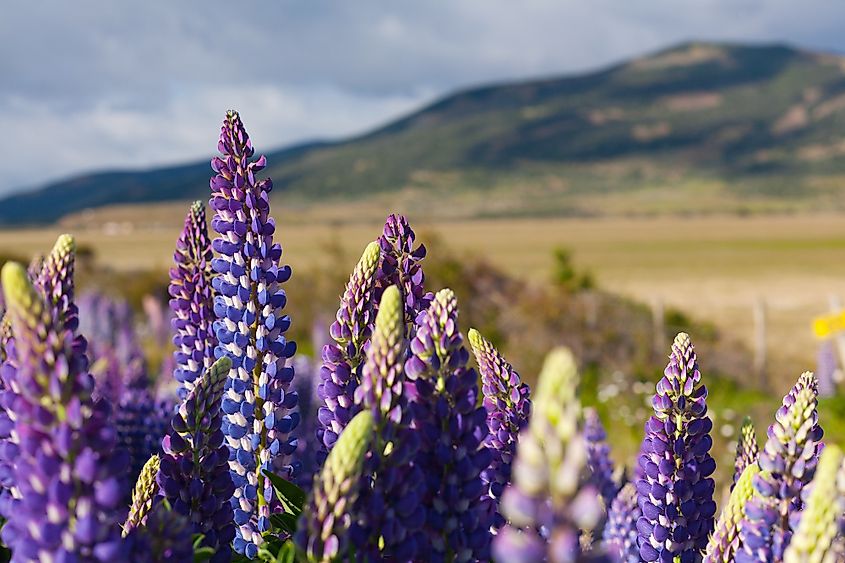
The park includes four vegetation zones known as the Patagonian steppe, Pre-Andean shrubland, Magellanic subpolar forests and the Andean Desert. Each has a different climate, and thus, different dominant vegetation. The Patagonia Steppe is mainly fescue, a type of flowering grass, which does well in harsh weather and high winds. The shrubland, as the name suggests, is mainly shrub plants including the flowering red Escallonia and barberry plants.
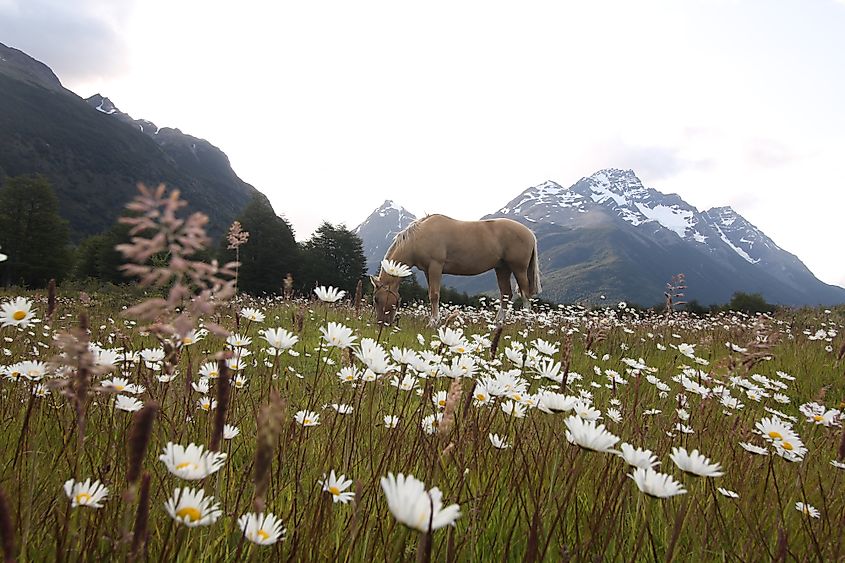
The forested area is deciduous forest, including species such as Nothofagus antarctica and the Lenga Beech tree. The Desert is full of ragwort, groundsel, dwarf evergreens such as crowberries. In addition to these, there have been seven recorded species of orchids in the park, including the distinctly shaped and patterned Chloraea magellanica.
Fauna
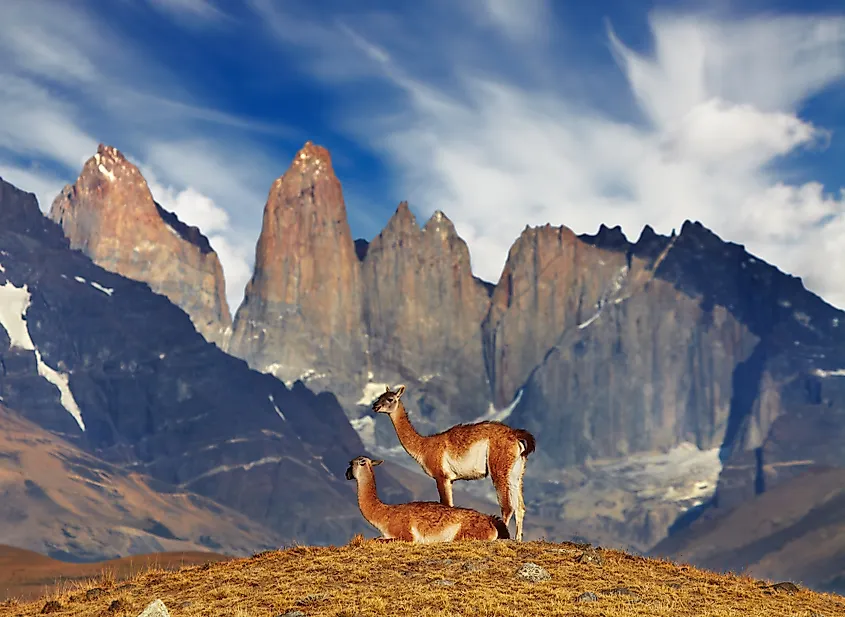
The many landscapes and ecosystems of the Toress del Paine provide homes for a number of animals in the region. Guanacos, a cousin of the llama or alpaca, are common in these parts of Chile, as well as the endangered Chilean Huemul, or South Andean deer. Predators in the park include cougars and foxes. Birds in the park include the Andean condor, black-chested buzzard-eagle, rufous-tailed hawk, cinereous harrier, chimango caracara, magellanic horned owl, and austral pygmy-owl, as well as various swans, geese and woodpeckers.
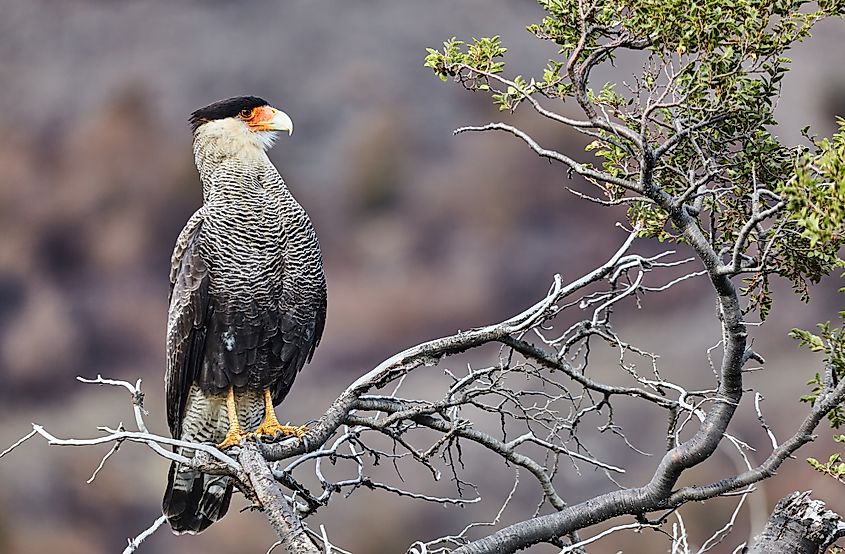
Whether it is for wildlife, adventure, or simply to take in the breathtaking views, the Torres del Paine is one of the most impressive national Parks in the world. From bright blue lakes, to intimidating granite spiers, this area of Chile is a marvel of geological and biological wonder.

